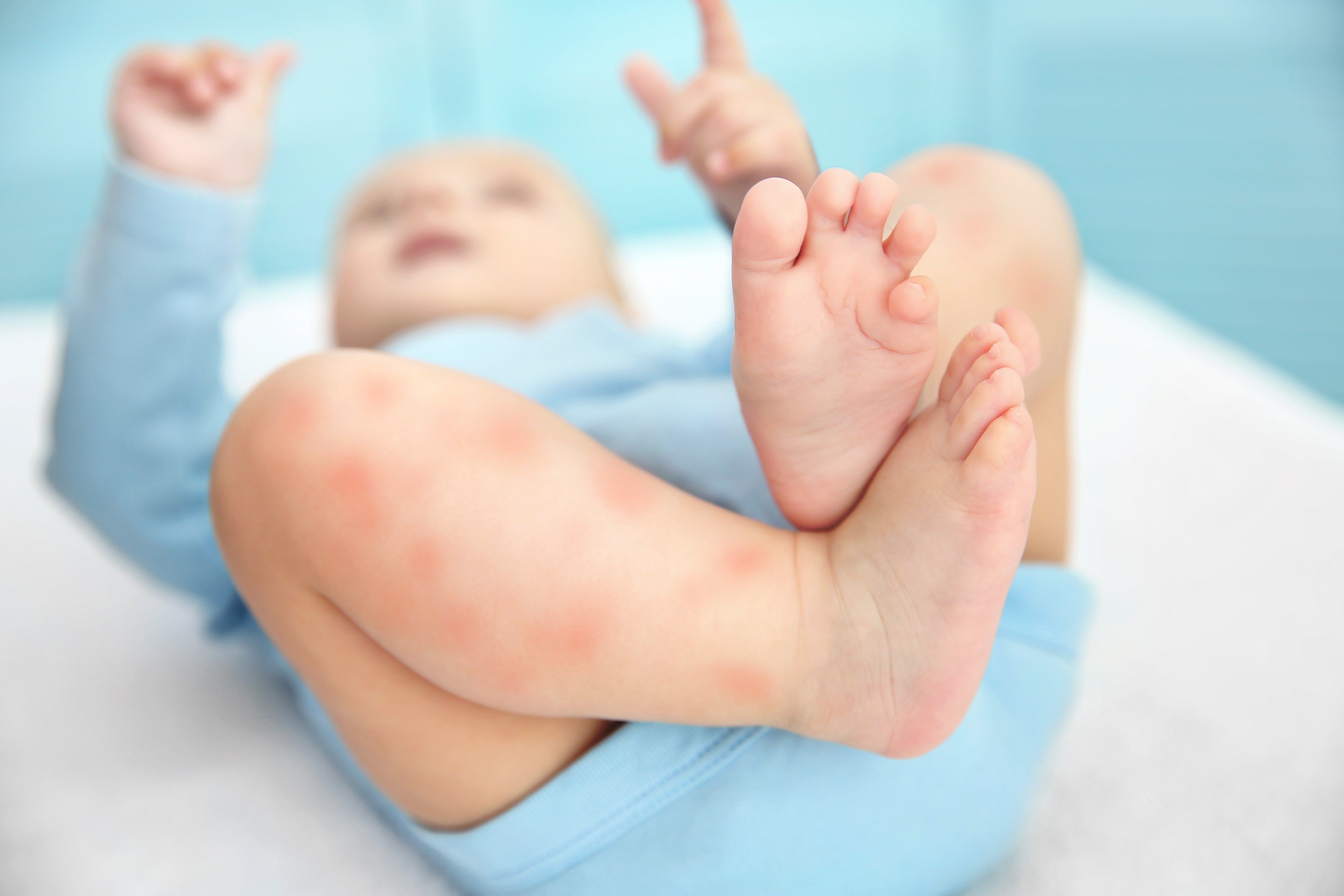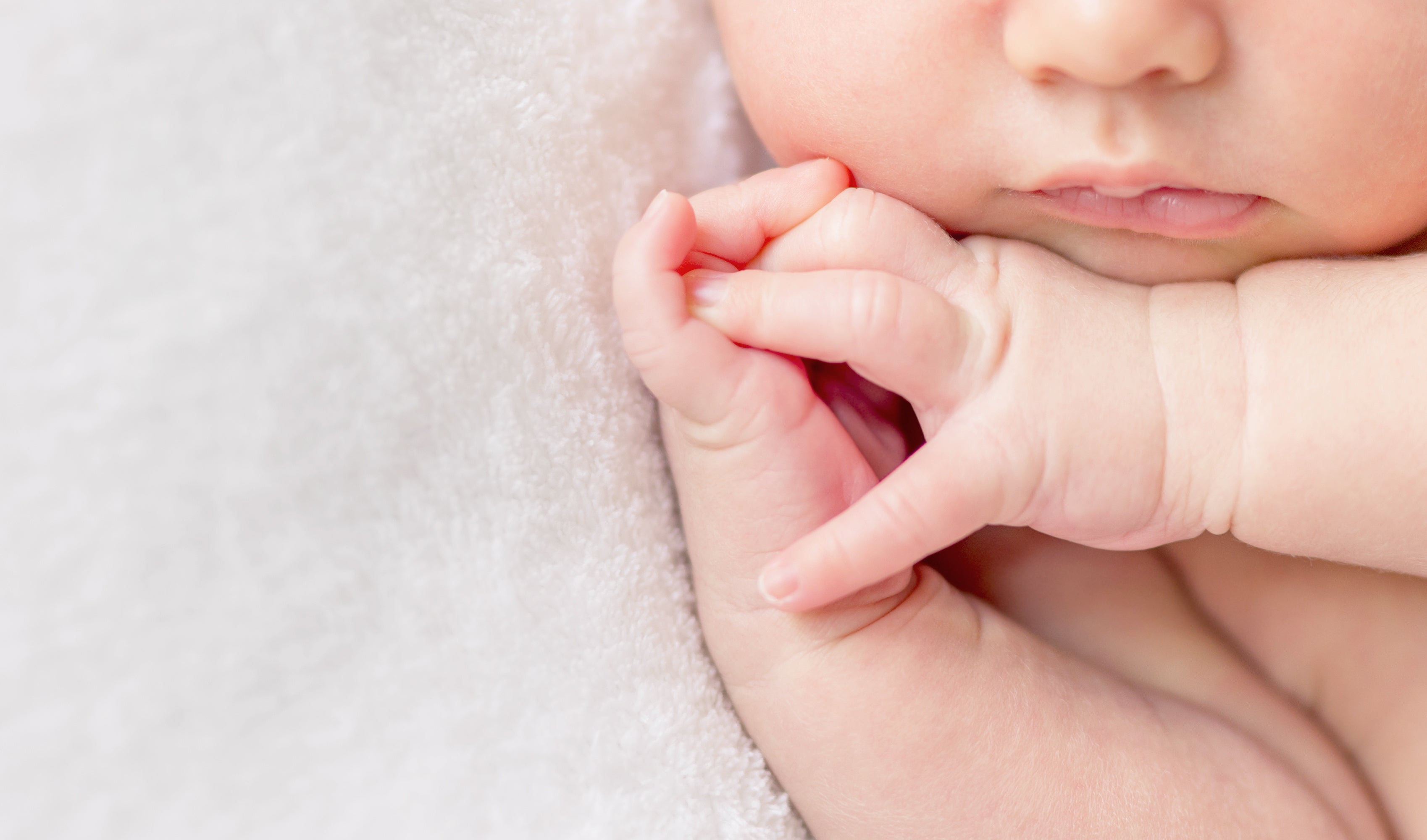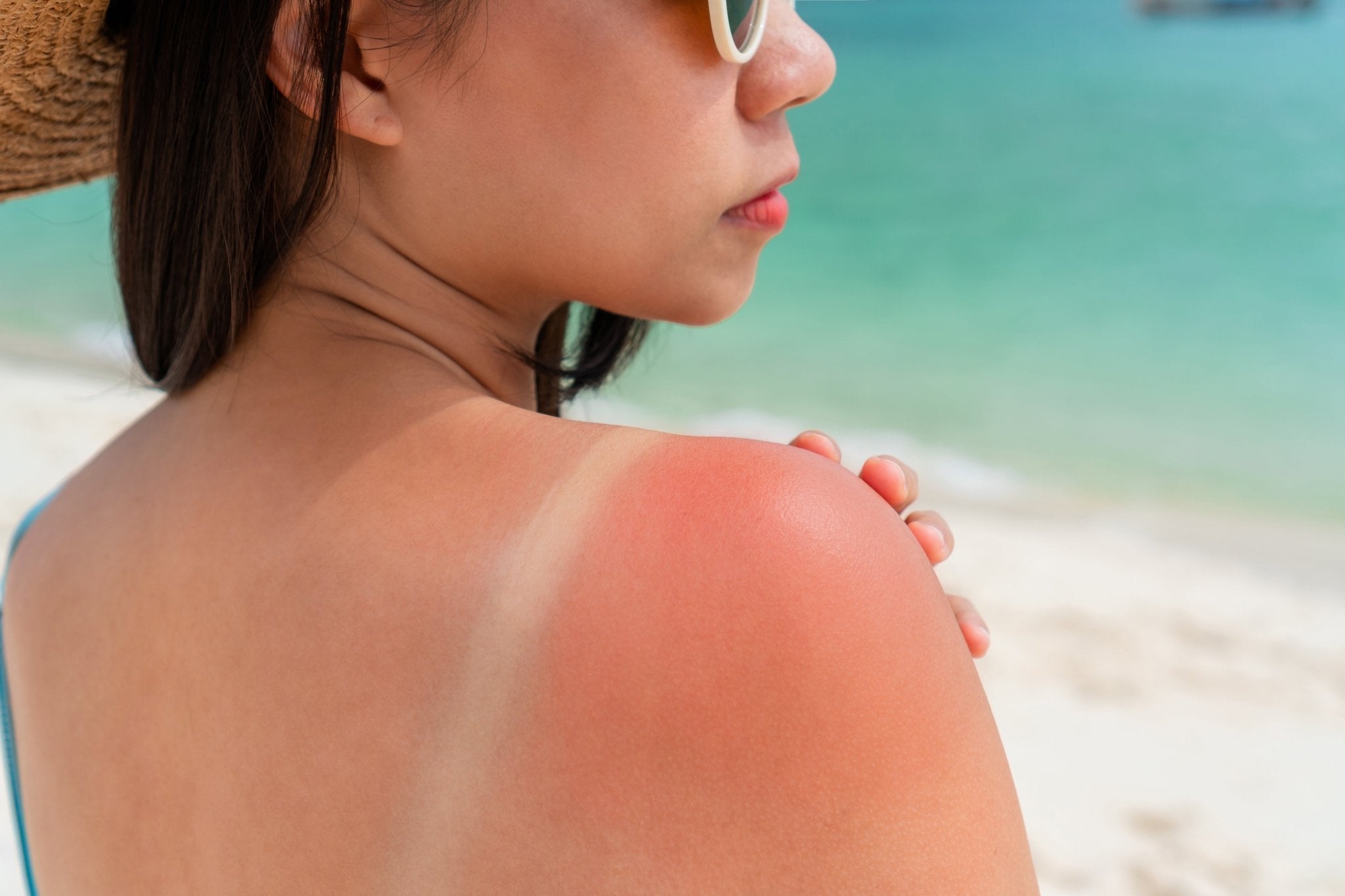If you’re looking for information on atopic skin in babies, it’s likely because you’re concerned about your child’s health and well-being. Atopic dermatitis, also known as eczema, is a common skin condition that affects many infants and young children.
This chronic condition is characterized by dry skin, red patches, and intense itching. Understanding its symptoms, causes, and treatment options is essential to soothe your baby’s discomfort and improve their quality of life.
In this article, we’ll explore in detail the symptoms of atopic dermatitis in babies, the risk factors and underlying causes, as well as the various approaches to treating and managing this condition. We’ll guide you through the best skincare routines and products to relieve itching and protect your child’s skin barrier.
Finally, we’ll offer practical tips to maintain healthy, hydrated skin even during flare-ups, and how to create a favorable environment to reduce the frequency of atopic eczema episodes.
Symptoms of Atopic Dermatitis in Babies
Identifying the signs
Atopic dermatitis in babies presents with several distinctive signs. The baby’s skin is often extremely dry and rough to the touch—one of the earliest indicators. Red patches can appear, sometimes with tiny oozing blisters that evolve into yellowish crusts.
Intense itching is a major symptom and can disrupt your baby’s sleep, causing restlessness and fatigue. These itches are often worsened by heat, sweat, cold weather, or contact with wool or synthetic fabrics.
Affected areas
The affected areas depend on the baby’s age. In infants, red patches mainly appear on the face—particularly the cheeks, chin, and forehead—as well as on the extensor surfaces of the limbs (knees and elbows). The scalp, front of the neck, and behind the ears can also be affected.
In older children, the lesions tend to shift to skin folds, such as elbows, knees, wrists, and ankles. The palms, soles, nose, and buttocks are usually spared.
Flare-ups and intensity
Atopic eczema is characterized by cycles of flare-ups and remission. During flare-ups, lesions may become redder and more swollen, with blisters that break open and form crusts.
Frequent scratching can cause the skin to thicken and become rough.
Flare-ups may be triggered by environmental factors such as temperature changes, exposure to skin irritants, or food allergies. It’s crucial to manage these episodes to prevent complications like skin infections and to enhance your baby’s quality of life.
Causes and Risk Factors
Genetic predisposition
Atopic dermatitis in babies often has a genetic component. Children from families with a history of atopic conditions (eczema, asthma, allergic rhinitis) have a higher risk of developing the condition.
This genetic predisposition impairs the skin’s barrier function, making it more sensitive and vulnerable to external irritants.
Environmental factors
Environmental triggers play a significant role in the onset and worsening of eczema. Pollution, climate, sunlight, and temperature fluctuations can all contribute to symptoms.
Exposure to irritants like scented soaps, cosmetic products, wool or synthetic fabrics can also provoke flare-ups.
Other triggers
Food allergies—especially to cow’s milk—can also trigger atopic eczema in babies. If red patches are widespread or accompanied by digestive issues, the eczema may be related to a specific food allergy.
In such cases, allergy testing may help identify and eliminate the triggering allergen.
Other factors like heat, sweating, cold weather, and dry air can worsen itching and skin lesions. A stable, well-managed environment is essential to minimize these effects.
Treatment and Management of Atopic Dermatitis
Skin care and hygiene
Managing atopic dermatitis starts with appropriate skincare and hygiene. Hydration is key to maintaining the skin barrier and reducing dryness and itching.
Use an emollient twice daily, ideally after bathing, on slightly damp skin. This helps lock in moisture and prevent flare-ups.
Cleansing should be gentle, using baby-specific foaming gels or cleansing oils, and avoiding harsh soaps. Baths or showers should be short (no more than 5 minutes) and lukewarm (around 35°C) to avoid drying out the skin.
Rinse cleansing products thoroughly and pat the skin dry without rubbing.
Choose soft cotton clothing and wash clothes with hypoallergenic detergent, avoiding fabric softeners. A dryer is preferable to air-drying to keep clothing soft and allergen-free.
Medical treatment
Topical corticosteroids are essential to reduce inflammation during eczema flare-ups. They should be applied once daily, as prescribed by a physician, with the strength adapted to the severity and location of the lesions. Follow the instructions carefully to avoid side effects, especially in infants and young children.
For mild flare-ups, a reactive approach may be sufficient—using corticosteroids until the skin heals. In recurrent or persistent cases, a proactive strategy may include using moderate or potent corticosteroids to induce remission, followed by maintenance treatment to prevent relapses.
If a secondary bacterial infection is suspected, topical or oral antibiotics may be necessary—but should not be used routinely to avoid antibiotic resistance.
Long-term management strategies
Long-term eczema management involves strategies to prevent flare-ups and improve the baby’s comfort. Maintain indoor humidity and keep temperatures around 18°C to prevent skin dehydration. Avoid allergens such as cigarette smoke, dust mites, pet dander, and mold.
Daily emollient application can become a soothing bonding moment, using gentle massage to calm your child. Additional measures like keeping nails short, using cotton gloves at night, and applying cool compresses can help reduce nighttime scratching.
Avoid scented soaps and choose hypoallergenic products with an acidic pH (around 5.5) to support the skin’s natural barrier and reduce allergic reactions.
In Summary
Atopic dermatitis in babies is a complex condition that requires a good understanding of its symptoms, causes, and treatments. Recognizing early signs—such as red patches and itching—is crucial, as is differentiating it from other skin conditions.
Effective skincare, including regular emollient use and prescribed topical corticosteroids, is essential to managing flare-ups and maintaining healthy skin. Avoiding environmental irritants and maintaining proper hygiene are also key strategies. Don’t hesitate to consult a healthcare professional for a personalized treatment plan.
By taking these steps, you can significantly improve your child’s quality of life and reduce the discomfort associated with atopic eczema.
















